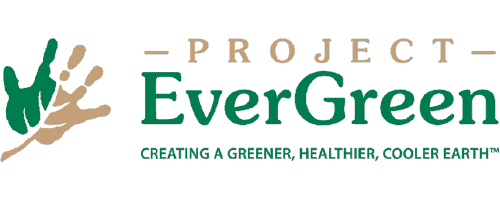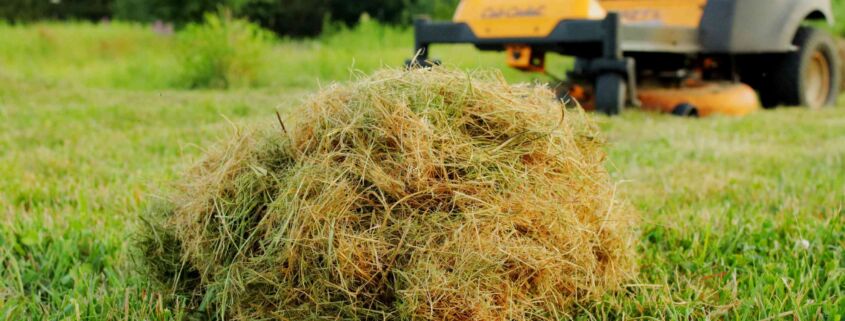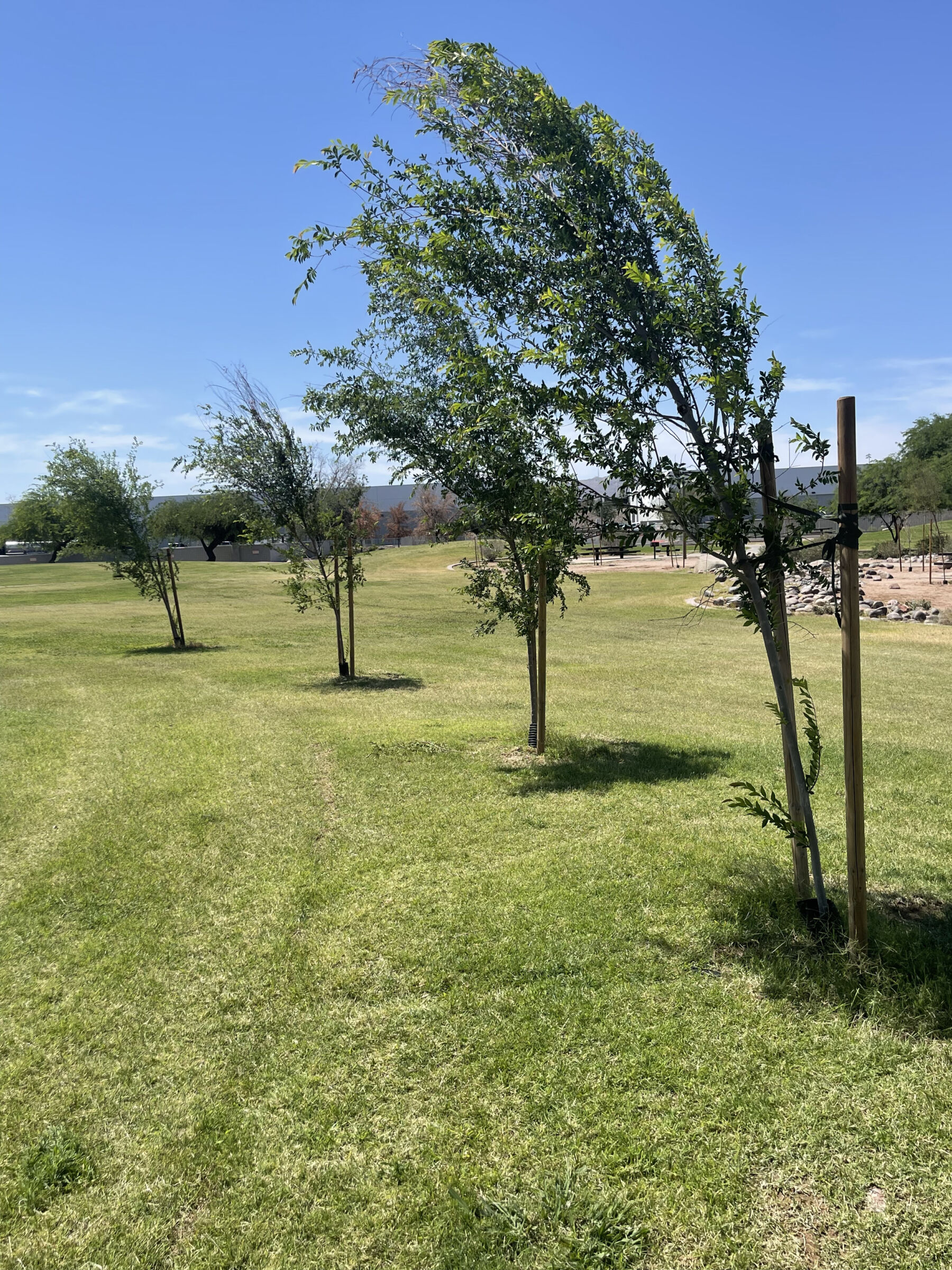Carbon and Clippings – To Mulch or Not to Mulch?
It’s a question many environmentally conscious homeowners and landscape professionals have asked: Should grass clippings be removed or left on the lawn when mowing? The answer isn’t just about convenience, it has real implications for carbon sequestration and sustainable lawn care.
This very question was the focus of a comprehensive study conducted at NASA’s Ames Research Center in California. Using a series of computer model simulations, researchers examined the effects of different lawn care practices, including fertilization levels, watering schedules, and whether clippings were left on the lawn or collected and removed.
The Verdict: Clippings Matter
The results were eye-opening. The simulations confirmed that a well-watered and properly fertilized lawn acts as a carbon sink meaning it pulls carbon dioxide from the atmosphere and stores it in the soil. Even more significantly, when grass clippings are left on the lawn to decompose naturally, the potential carbon storage increases dramatically.
According to the study, if clippings were left on all managed U.S. lawns, the total area could sequester the equivalent of 37 billion pounds of carbon. That’s a significant contribution to offsetting greenhouse gas emissions all from a simple change in mowing habits.
Understanding the Science of Turfgrass
At first glance, this might seem counterintuitive. After all, decomposing grass clippings release carbon dioxide as they break down, a process driven by microbial activity in the soil. Wouldn’t this release cancel out any carbon storage benefits?
Not quite. Here’s why: Grass is remarkably efficient at cycling nutrients. When clippings decompose, they release nitrogen, which in turn boosts grass growth. This enhanced growth increases the plant’s ability to pull carbon dioxide from the air through photosynthesis. In essence, the net gain in carbon capture outweighs the loss from decomposition.
Reducing Fertilizer Use
Another key takeaway from the study is the potential to significantly reduce the need for synthetic nitrogen fertilizers. The model suggests that recycling clippings back into the lawn can cut fertilizer use by nearly 50% while improving soil health and maintaining or even increasing carbon storage levels.
This reduction in fertilizer use also contributes to other environmental benefits, such as minimizing nutrient runoff into waterways and reducing energy use associated with fertilizer production and transportation.
Why Mulching Your Clippings Makes Sense
Leaving clippings on your lawn – a practice known as ‘grasscycling’ – is not just a time-saver; it’s a low-effort, high-impact way to care for your lawn and the environment. Here’s a recap of the benefits:
- Increases carbon sequestration in the soil
- Boosts lawn health by naturally recycling nitrogen
- Reduces the need for synthetic fertilizers
- Improves soil structure and microbial activity
- Cuts down on yard waste sent to landfills
- Saves time and energy by eliminating the need to bag clippings
Whether you’re a homeowner, lawn care professional, or municipal groundskeeper, this simple shift in practice can play a part in broader climate and sustainability goals.
Small Change, Big Impact
Sometimes, the most effective environmental solutions aren’t complicated or high-tech. In the case of lawn care, letting grass clippings stay where they fall is a smart, sustainable choice that benefits both your lawn and the planet. So the next time you mow, think twice before reaching for that bag attachment — your lawn (and the Earth) will thank you.
Discover the Power of Green Spaces
Green spaces do more than just beautify our neighborhoods – they help clean the air we breathe, cool our cities, reduce carbon levels, and promote healthier, more connected communities. Lawns, trees, and shrubs may seem simple, but together, they form powerful natural systems that benefit both people and the planet.
To help you understand the impact of your own green space, Project EverGreen invites you to explore the Clean Air Calculator™ – a free, web-based tool that measures the environmental benefits of green spaces on your property.
Whether you’re a homeowner, landscape professional, golf course superintendent, sports field or park manager, or property owner, this innovative tool makes it easy to see the real-world impact of the green spaces you care for.
See how your green space makes a difference. Try the Clean Air Calculator today:
https://projectevergreen.org/clean-air-calculator/





